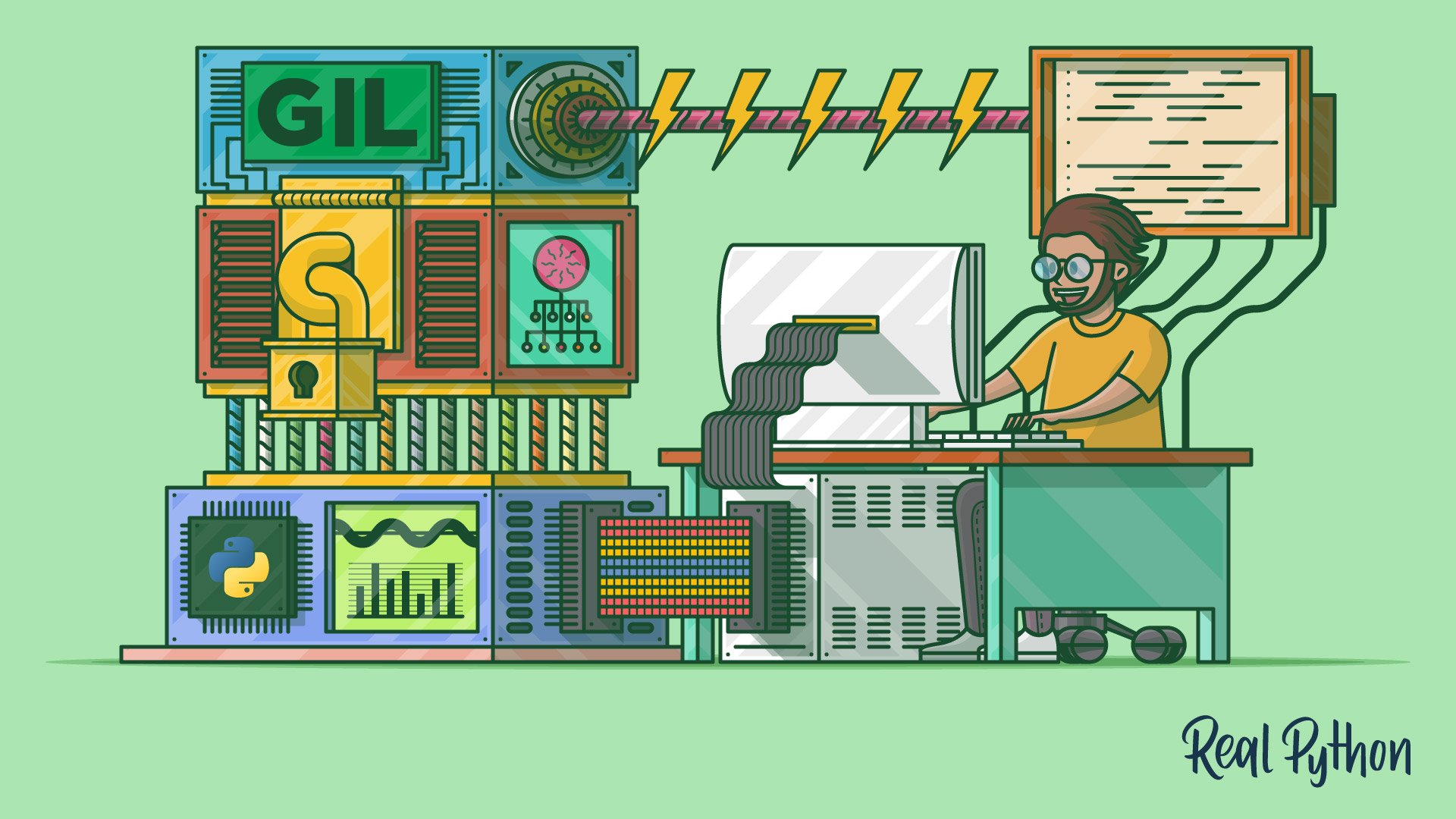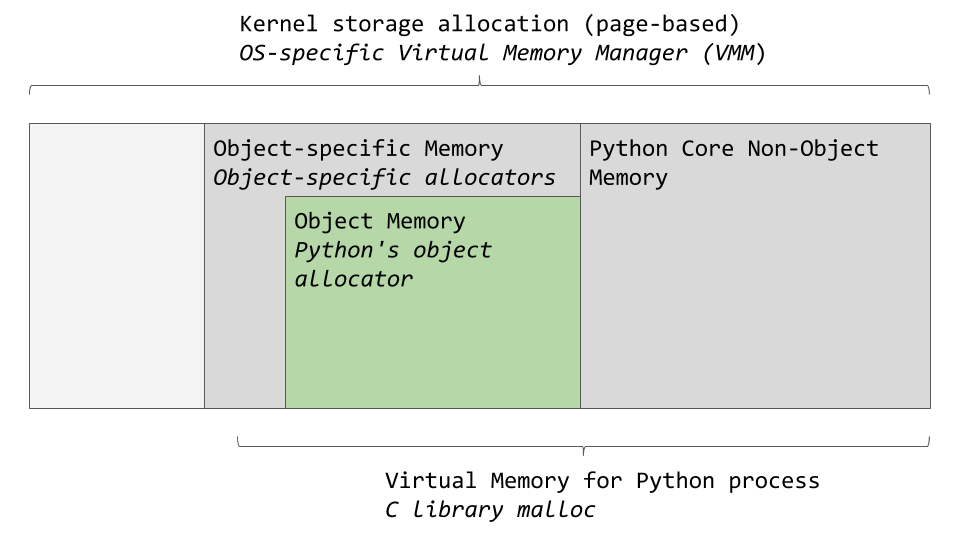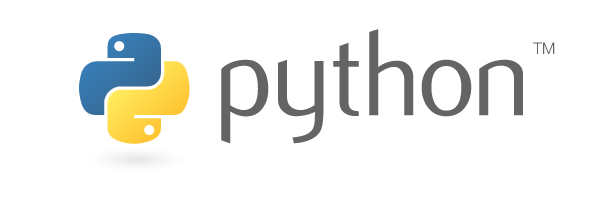
The GIL has been Python's biggest embarrassment for 20 years. Version 3.13 finally does something about it, released October 7, 2024. Here's what you actually get and whether you should care.
The PEP 703 implementation took years to get right, and honestly, it shows. The Python core team had to rewrite massive chunks of the interpreter to make this work.
Free-Threading: Python Can Finally Use Your CPU Cores
The experimental free-threading build lets Python use multiple CPU cores without the multiprocessing nightmare. I tested this on a 16-core machine running some CPU-heavy Monte Carlo simulations - went from using 1 core to actually maxing out all 16.
Real numbers from my testing:
- 4x speedup on CPU-bound tasks when you have 4+ cores
- 15% slower for single-threaded code - the free-threading overhead is real
- Works great for mathematical computations and image processing
- Completely useless for I/O-bound web apps
The catch? You need python3.13t (note the "t") and half your dependencies won't work. Numpy barely works, pandas is completely fucked, and anything with C extensions will segfault in spectacular ways. I spent 3 days trying to get scipy working before I gave up and went back to the GIL. Got ImportError: generic_type: cannot mix thread-safe and thread-unsafe modules more times than I care to count.
The REPL Actually Doesn't Suck Now
This is the real win. The REPL finally works like it's 2025:
- Multi-line editing that doesn't make you want to throw your laptop
- History that actually remembers what you did last week
- Syntax highlighting so you can see your mistakes before hitting enter
- F1 for help, F2 for history - basic shit that should have existed 15 years ago
- Copy-paste that doesn't completely fuck up your indentation
Error Messages That Don't Hate You
The colored tracebacks actually help you debug shit. Instead of staring at a wall of red text, you get:
- Color-coded stack traces that point to the line that's actually broken
- "Did you mean..." suggestions that aren't completely useless for once
- Better warnings when you accidentally name your file
json.pyand wonder why imports are fucked - Exception chains that actually show you how you got into this mess
The JIT Compiler (Don't Get Excited)

There's a JIT compiler but it's basically useless right now. I saw maybe 5% improvements on loop-heavy code, and that's being generous. It's more of a "look what we can do" demo than something you'd bet your performance on. The benchmarks show it works, but barely.
PyPy still runs circles around Python's JIT. If you actually need speed, just use PyPy. This JIT is like putting a turbo sticker on a Honda Civic and expecting it to be a race car. I tested it on a recursive fibonacci function and got maybe 10% improvement - PyPy would've been 10x faster.
Should You Use This in Production?
As of the latest Python 3.13.6 (fixed that nasty SSL deadlock that had everyone stuck on 3.13.5), the standard build is solid. The free-threading build? Hell no, not unless you enjoy debugging mysterious segfaults at 3am. Our production broke at 2am on 3.13.4t when asyncio started deadlocking under load - that was a fun night.
Current reality check:
- Standard Python 3.13: Stable, faster, better debugging. Go for it.
- Free-threading build: Cool demo, production nightmare. Wait until Python 3.14.
- Support lifecycle: 5 years total, so you're not gambling on a short-lived release
- Docker support: Official images available, memory usage is higher
- Enterprise considerations: Instagram, Dropbox, and Netflix are still testing
Most companies will wait 6 months to see who gets burned first. That's probably smart - I've spent enough 3am debugging sessions fixing "impossible" bugs that turned out to be Python version fuckery. Like when Python 3.13.0 broke SSL contexts and every HTTPS request started failing with ssl.SSLError: [SSL: UNSAFE_LEGACY_RENEGOTIATION_DISABLED]. Took me 4 hours to figure out it wasn't my code.





